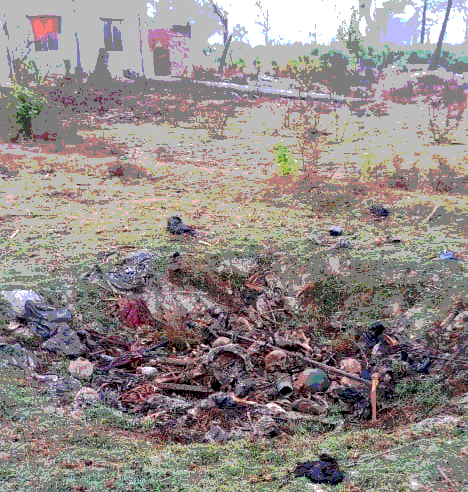Myanmar Spring Chronicle – August 12 Overview
By MoeMaKa, August 13, 2025
The Cycle of Hate, War, War Crimes & Genocide
Myanmar has experienced internal conflict for nearly eight decades. During this time, some regions have never seen a ceasefire, while in others, war re-ignites after periods of calm, burning slowly but steadily. In Shan State, for instance, armed conflict dates back to the 1950s when remnants of Chiang Kai-shek’s Nationalist army fled into the region. Since then, numerous armed actors—including ethnic groups, the Myanmar military, the People’s Army, drug-trafficking militias, and the Communist Party of Burma—have clashed, making Shan State one of the longest-standing conflict zones.
Similarly, Karen State has been under continuous armed struggle since the 1950s. In contrast, Rakhine State saw a lull in major conflicts after the 1970s but re-emerged as a battleground in the 2000s, particularly with the rise of armed resistance and ethnic tensions. The emergence of Rohingya militant groups such as the RSO and later ARSA fueled renewed violence, especially following community riots and mass killings in places like Maungdaw, Sittwe, and Kyaukphyu in 2012.
One triggering event was the rape and murder of a Rakhine woman named Thida Htwe in May 2012, which ignited a wave of communal violence whose impact persists to this day. Between 2013 and 2014, religious and ethnic riots escalated. In August 2017, ARSA launched attacks on police outposts, and the military responded with a violent crackdown that killed thousands of Rohingya civilians, drawing global condemnation and accusations of genocide. The Gambia later brought a case against Myanmar at the International Court of Justice (ICJ), and then–State Counsellor Aung San Suu Kyi traveled to The Hague to defend the country.
Many of these war crimes and acts of genocide were born of decades of hatred, impunity, and the absence of justice. If one concludes that hatred and lawless governance are root causes of Myanmar’s war crimes and genocides, such a conclusion would not be wrong.
Under international law, war crimes are defined as violations of the Geneva Conventions, including deliberate attacks on civilians, use of prohibited weapons, and torture. Genocide is the intentional destruction of a national, ethnic, racial, or religious group, through actions such as killing, causing serious harm, or creating conditions to bring about its destruction.
In Myanmar’s civil wars, war crimes and acts of genocide have occurred multiple times. These are not distant memories found only in history books—they remain vivid in recent memory. The events of August and September 2017, when the military conducted a clearance operation in northern Rakhine following attacks by ARSA, led to the brutal killing of between 6,000 and 10,000 civilians, including women, children, and the elderly. It was the deadliest massacre since the 1978 “Operation Dragon King,” another campaign that targeted Rohingya civilians.
While the 2017 atrocities are still under investigation at the ICJ, yet another major atrocity has allegedly taken place in the same region.
In November 2023, hostilities resumed between the military and the Arakan Army (AA), ending a ceasefire. As of August 2024, reports surfaced of a massacre in Tharzi village in Buthidaung Township, where 600 to 800 Rohingya civilians were allegedly killed. Photographic evidence and eyewitness accounts have begun to emerge.
This time, however, the perpetrator is not the military junta—it is reportedly the Arakan Army. In the early stages of their renewed conflict with the junta, the AA had utilized Rohingya populations as auxiliary forces, sometimes forcibly recruiting them. These dynamics created resentment within the AA ranks and may have contributed to the massacre. Whether this was a retaliatory act or driven by long-standing ethnic prejudice remains unclear.
During a recent AA press conference, spokesperson Khaing Thukha claimed the dead were junta soldiers. However, Rohingya human rights activists dispute this, citing images and testimony indicating that many victims were children and unarmed civilians.
In conflict zones under the control of armed groups, truly independent investigations are impossible. However, in today’s world of smartphones and internet access, documenting and disseminating information is easier. Events like the mass killing of 600 civilians cannot be buried so easily.
Hate and war fuel one another, and in turn, they perpetuate war crimes and genocidal acts. That cycle continues in Myanmar today.

